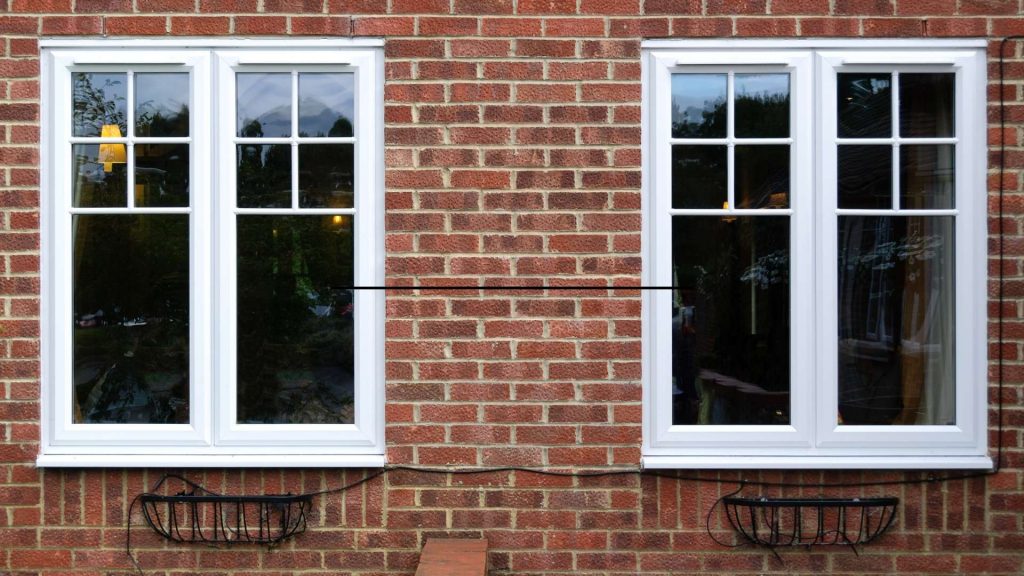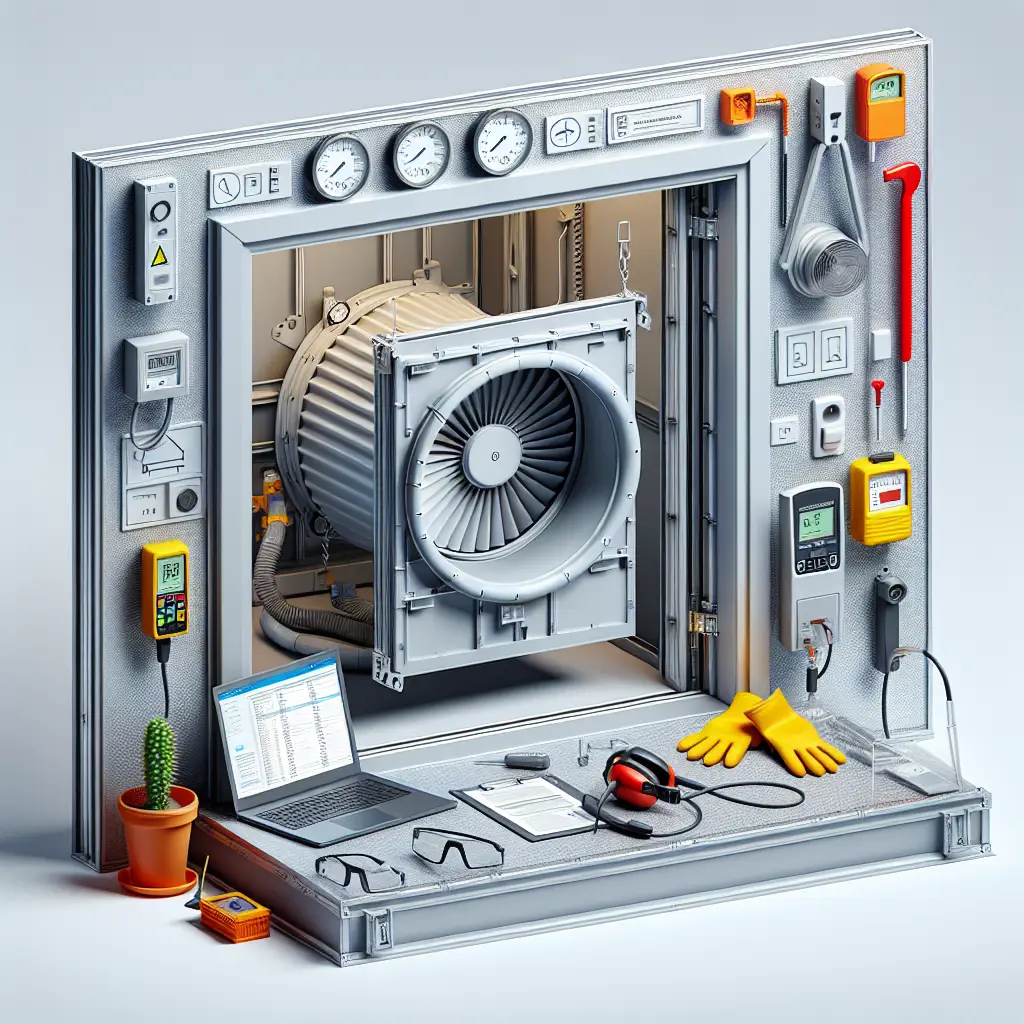Should trickle vents be open all the time?
Trickle vents are a common practice in many homes, but are they necessary? The current government regulations, which are in place until late 2021, make them unnecessary. They aim to improve the quality of air in a home by preventing overheating.
As the name suggests, these vents are used in bathrooms and kitchens and can be controlled by remote or light switch or pull cord. They may also have a humidistat, presence detector, and timers to prevent the room from becoming overly warm. However, they must comply with ventilation airflow rates, which depend on the number of bedrooms and occupancy levels. Building Regulations also state that you must replace any existing windows with those that comply with the ventilation airflow rates.
Do trickle vents stop damp?
If you have condensation or damp problems in your home, trickle vents may be the answer. These ventilation devices improve air quality and help to stop damp in its tracks. Current Building Regulations require them in new-build homes and extensions, but some window and door installers may not mention their use. If you’re worried about the risk of damp and mould, trickle vents can help.
Trickle vents provide controlled ventilation and allow fresh air into the habitable rooms of your home. The result is a cleaner, healthier home. Many reputable trickle vent installers will explain all the benefits of trickle vents and how they work in your home. Trickle vents are mandatory in new-build properties and extensions, and are recommended for older homes and those that have suffered from condensation. But they aren’t just about stopping damp and mould. They also prevent unwanted smells and insects from growing in your home.
Are trickle vents necessary?
Are trickle vents necessary for your windows? They are not required in existing homes but are highly recommended for new builds. Trickle vents allow air to circulate freely through the windows, preventing uncomfortable draughts and cold spots. The latest government regulations require trickle vents in new buildings, and modern homes are usually designed with them. If you are considering installing trickle vents in your windows, here are some tips to help you get the job done right.
Trickle vents allow a small amount of air circulation even when the window is closed, which is beneficial for ventilation and air quality. These vents not only remove stale air from your property, but they also help eliminate odours. Additionally, they provide a sense of security. These vents are required for new builds, extensions, and replacement windows.
Do trickle vents get blocked?
Trickle vents are an important part of a home’s ventilation system, providing a constant trickle of fresh air. However, they can often become blocked, increasing the risk of condensation.
Generally speaking, trickle vents work best in an airtight envelope. When air is leaking from an envelope, trickle vents draw it from other spaces. Since air is drawn from outside spaces, pressure differentials across trickle vents are critical to achieving desired intake. Therefore, exhaust systems must be designed to generate high enough pressure differentials and have a sufficient airflow capacity. CARB’s study revealed that poorly installed trickle vents can become obstructed. It is also common for unwanted air leaks to prevent trickle vent performance.
Do trickle vents cause heat loss?
Trickle vents are often overlooked as a way to reduce heat loss. While they are important to keep the air in a home fresh and dry, they are not ideal during winter, when temperatures drop below zero. To combat this problem, you can install a trickle vent. This simple device sits at the top of a window frame. During cold weather, it will allow air to circulate and keep condensation at bay. It can also be used in conjunction with other ventilation systems, such as fans, to reduce humidity levels.
Despite their name, trickle vents are not perfect ventilation devices. In a recent study, they monitored temperature and CO2 concentration, and installed Trickle Vents over the shutters. They controlled the ventilation rate with an automation system, allowing them to open or close as required. However, the ventilation rate they produced was not enough to meet the requirements of the space. Moreover, night cooling causes additional energy loss during the heating season. However, it does help to reduce CO2 concentration levels in the classroom.




